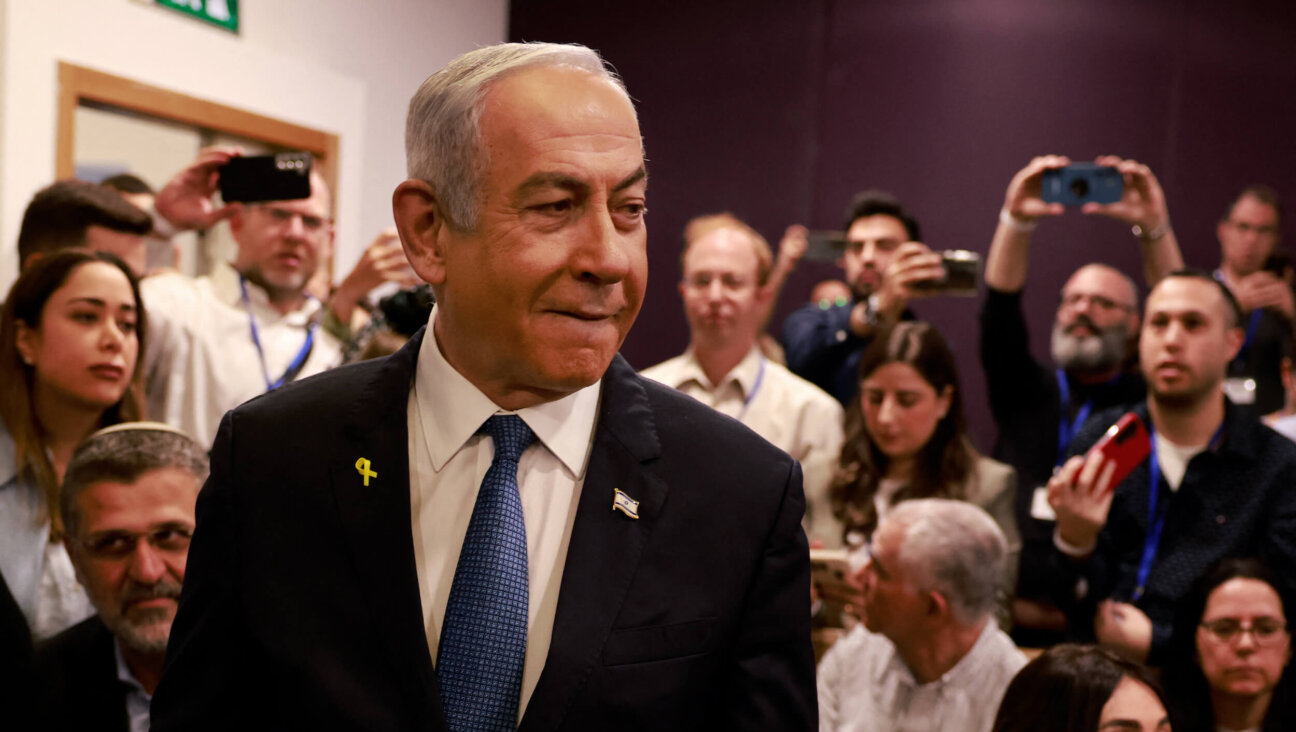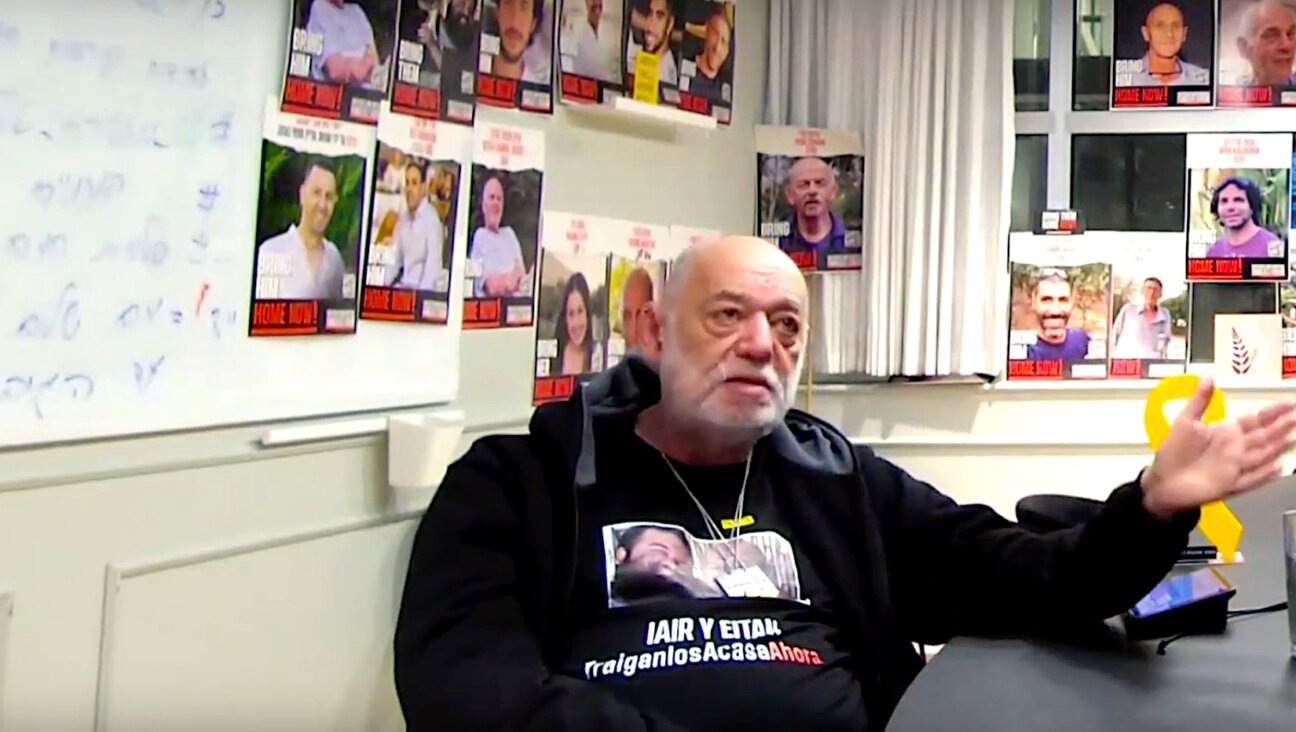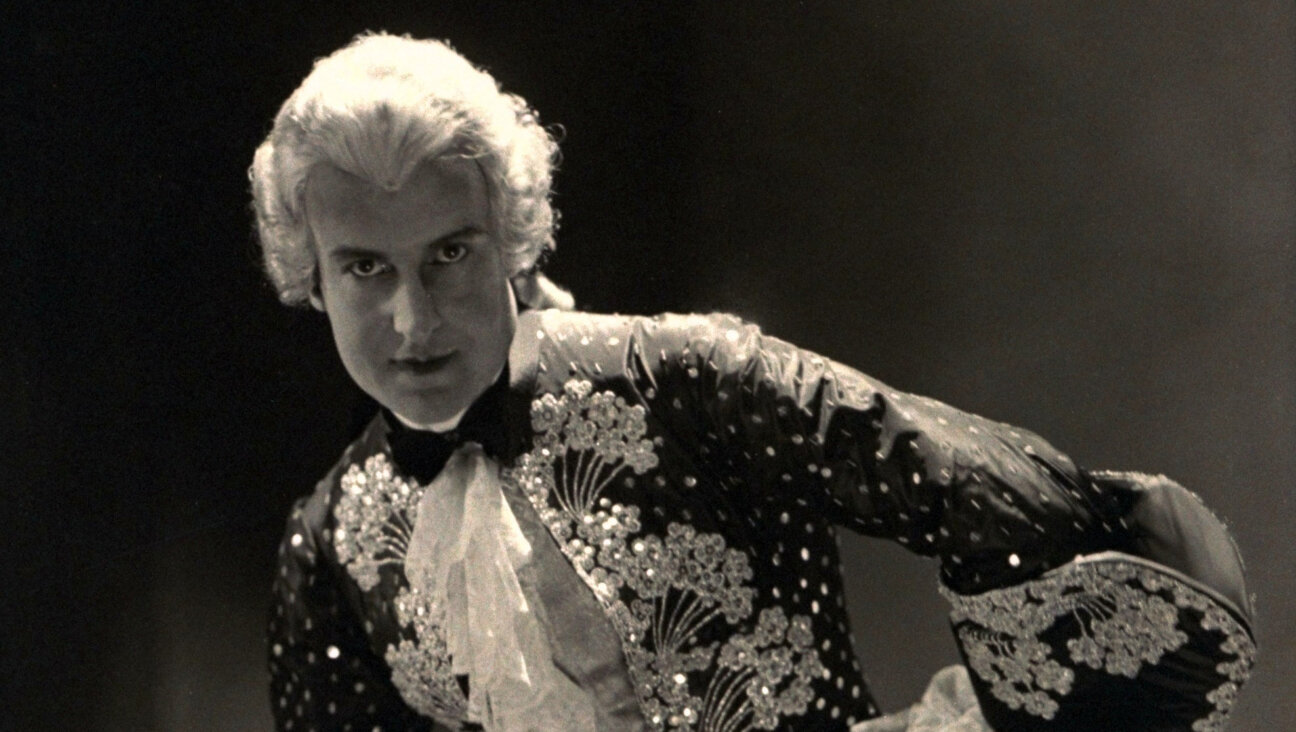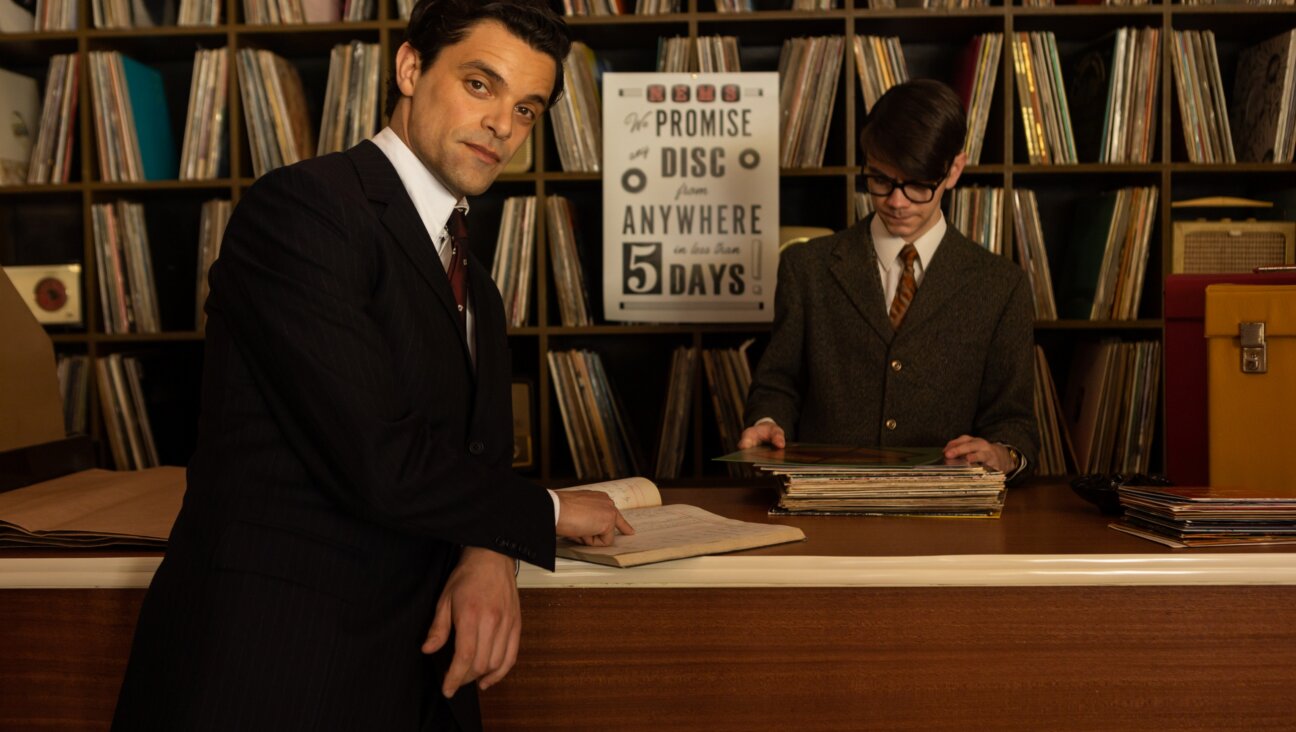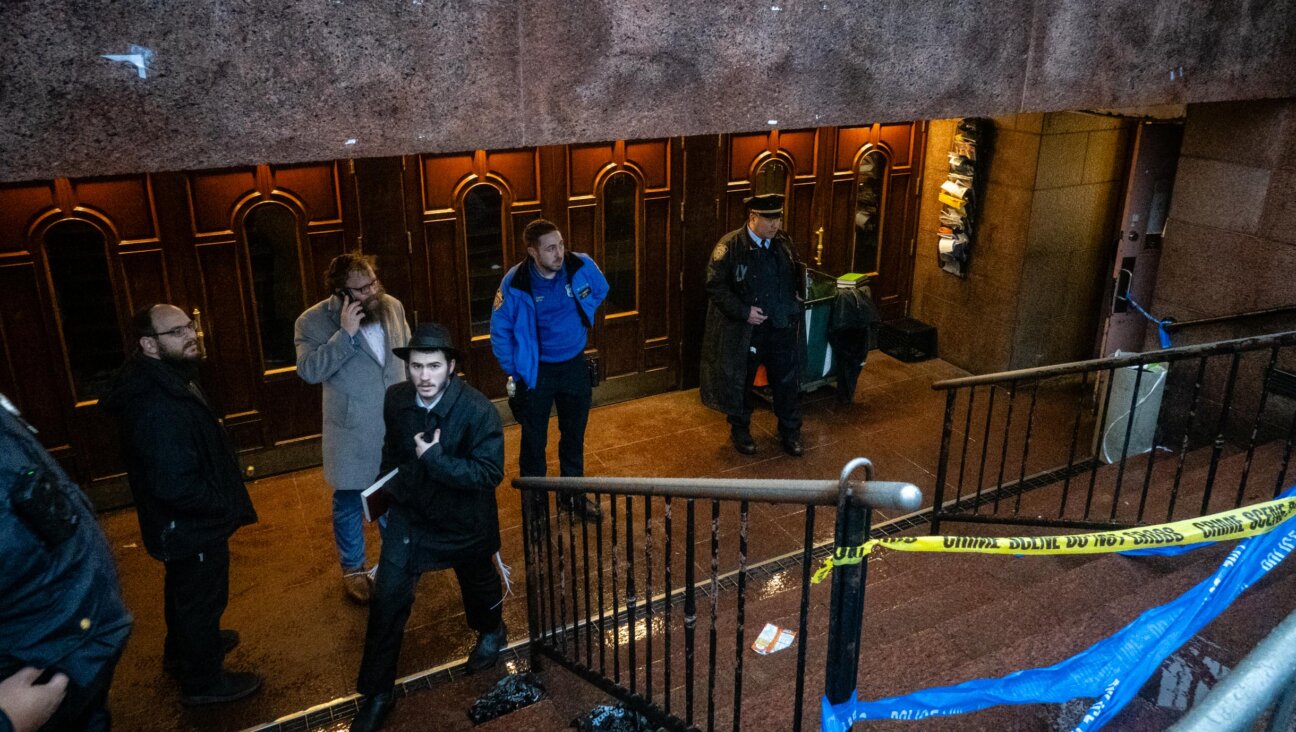Why Bernie Sanders’s Social Media Guru Tweets With Brooklyn Accent

Image by Getty Images (8)
Last August, Bernie Sanders sat on a Craigslist-bought beige couch in his Washington office plotting to steal the social media spotlight from 10 Republicans taking the stage for the first televised debate of the 2016 presidential campaign.
Next to the Democratic presidential candidate, 74, sat 27-year-old Hector Sigala, his digital media director. For the next two hours, Sigala turned Sanders’ sometimes acerbic, sometimes funny running commentary into a stream of 140-character tweets using the hashtag #DebateWithBernie that stole the show – at least on Twitter.
Some 17 million people were reached during the debate, according to the campaign’s Twitter data reviewed by Reuters. It was the first in a string of Twitter wins by Sanders during a presidential contest widely viewed as a coming-of-age moment for social media in national politics.
Sanders didn’t even stop when the debate was interrupted by commercials. When an ad for a new Tom Hanks film appeared, he tweeted: “Tom Hanks. Finally. Somebody who makes some sense.”
Eight months later, Sigala is a key lieutenant in the Sanders campaign for the 2016 Democratic presidential nomination, one of a new breed of digital media specialists who have become indispensable in an election where platforms like Twitter allow candidates to communicate with supporters easily, bash opponents or swiftly counter-attack.
Sigala goes everywhere – on dates, to parties and to restaurants – with his black backpack and MacBook laptop just in case something tweet-worthy breaks.
He was driving his cousin to the airport last Wednesday when Donald Trump, the frontrunner for the Republican nomination, said women who end pregnancies should be punished if the United States bans abortion, comments that were widely condemned. Sigala pulled the car over and tweeted: “Your Republican frontrunner, ladies and gentlemen. Shameful.”
Sanders has close to 2 million followers on his Twitter campaign account and has tweeted nearly 8,000 times. His opponent, Hillary Clinton, has tweeted less, 5,000 times, but she has nearly 6 million followers.
Sanders, however, has an edge because his tweets are much more personalized than Clinton’s, say some social media strategy experts.
“He’s been able to really resonate with (different groups) and connect with them on a level that many other candidates have not been able to do,” said marketing consultant and social media strategy specialist Dr. Kay Green.
While Twitter could not provide data directly comparing the 2016 and 2012 presidential races, a spokesman said tweets about the Democrat and Republican primary debates held so far have been viewed 9 billion times.
On Facebook, the number of interactions (likes, posts, comments and shares) related to the 2016 election is up exponentially. Facebook users engaged in 411.5 million interactions on average in January and February, up nearly threefold from the nearly 142 million per month average for all of 2015.
“The most obvious difference in the social conversations around the 2012 and 2016 presidential elections is, simply put, size,” said Kellan Terry, an analyst with Brandwatch, a company that tracks and analyzes data from social media sites. “The volume of social mentions around this year’s presidential election is massive.”
GHOST TWEETING
Sigala and Sanders met in 2012 when he interned in Sanders’ Senate office in Vermont. Sanders, he says, bonded with him during a stroll down Church Street in Burlington, discussing a topic only Internet nerds could love: net neutrality.
Now, he manages both Sanders’ and his wife Jane’s social media accounts. In practice that means he is the person tweeting comments attributed to Sanders. On Twitter, “I am Bernie Sanders,” Sigala joked.
Twitter tends to attract more millennials, who have largely backed the Brooklyn-born Vermont senator. The tweets and posts that get the best reaction are those that appear to be directly from Sanders’ mouth.
“He used to come up with a lot of quips himself,” Sigala said of Sanders, but the rigors of the 2016 campaign schedule mean Sigala is now often the one doing the tweeting.
Tweets about Sanders’ bread-and-butter issues like climate change, healthcare, race and gender typically roll off Sigala’s fingertips in a tone and style that would be hard to distinguish from the senator’s.
Take, for example, a tweet from Sanders’ Twitter handle on March 18 in response to a debate over student tuition that was posted by Sigala in the first person:
“Every public college and university in this country should be tuition-free. I know my opponent thinks it’s a radical idea, I don’t,” it said, taking a dig at Clinton.
But some news events require Sanders’ sign-off. On the day of the Brussels bomb attacks, in which 32 people were killed, Sigala had to wait hours before getting the go-ahead from a busy Sanders to post a condolence message.
On a recent afternoon, Sigala was sitting in a Washington office posting messages to various social media sites while a college basketball game played on a nearby TV. When he isn’t live-tweeting or reacting to breaking news, he’s referring to a Microsoft Word document that contains 54 pages of prepared tweets on a list of issues.
When he took over the @BernieSanders Twitter account last May it had 50,000 followers. He would check it obsessively each day to see how many new followers it had attracted.
Now, with nearly 2 million followers, Sigala is less focused on the numbers and more interested in figuring out which tweets perform best. For example, he has discovered through trial and error that a tweet reading “We have got to” do something will do significantly worse than a tweet reading “We gotta.”
“That’s because it sounds like Brooklyn Bernie,” Sigala said with a laugh.—Reuters
A message from our Publisher & CEO Rachel Fishman Feddersen

I hope you appreciated this article. Before you go, I’d like to ask you to please support the Forward’s award-winning, nonprofit journalism so that we can be prepared for whatever news 2025 brings.
At a time when other newsrooms are closing or cutting back, the Forward has removed its paywall and invested additional resources to report on the ground from Israel and around the U.S. on the impact of the war, rising antisemitism and polarized discourse.
Readers like you make it all possible. Support our work by becoming a Forward Member and connect with our journalism and your community.
— Rachel Fishman Feddersen, Publisher and CEO














